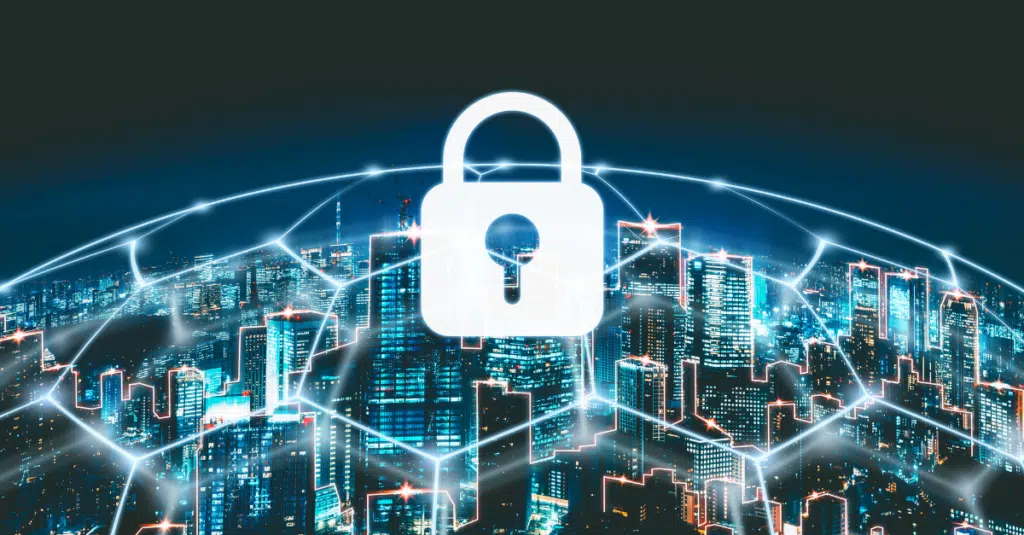The Evolving Landscape of Cybersecurity

As the digital realm grows and molds itself into every facet of our daily lives, the shadow of cybersecurity risks grows alongside it. In our hyper-connected digital age, businesses face the relentless challenge of ever-evolving cybersecurity threats. The need for fortified cybersecurity has never been greater, and a dual strategy must be implemented to safeguard a company's assets. First, businesses must recognize the urgent need to bolster their cybersecurity resources. Second, they must aggressively recruit, retain, and partner with top-tier cybersecurity talent to implement and monitor these system safeguards.
With the dawn of each technological advancement, malicious entities find newer ways to compromise our systems. 2023 has proved to be no exception. While the types of security attacks haven't changed, their methods have become more sophisticated.
Cybersecurity Threats of 2023
Ransomware Attacks:
Ransomware, which accounted for 10% of data breaches in 2022, occurs when attackers hold a victim's data hostage in demand of payment. In 2023, the average cost of a ransomware attack was $1.85 million. Attacks have risen by 13% in the past five years and are expected to occur every 2 seconds by 2031. (James, Nivedita. "100+ Ransomware Attack Statistics 2023: Trends & Cost." Astra Security Blog, 4 Aug. 2023)
Malware Attacks:
While malware—a term encompassing a range of malicious software like viruses, worms, and trojans—has been a longstanding threat, 2023 has evolved its sophistication and delivery mechanisms. Today's malware can stealthily infiltrate systems, with 560,000 new pieces of malware being detected daily. (Brooks, Chuck. "Cybersecurity Trends & Statistics: More Sophisticated and Persistent Threats So Far In 2023." Forbes, 5 May 2023)
Cloud Security Breaches:
The shift towards cloud computing, while offering flexibility and scalability, has also unveiled new vulnerabilities. Unauthorized access, data breaches, and misconfigured cloud settings lead to significant data losses. As 72% of organizations are moving to cloud-based services, cloud-based security incidents have increased by 10% this year, and 80% of companies have experienced at least one cloud security incident. ("50 Cloud Security Stats You Should Know in 2023." Expert Insights, 27 July 2023)
Phishing:
The allure of phishing for cybercriminals is evident: it's straightforward, highly effective, and capitalizes on human error. In 2023, phishing remains the preferred method for hackers, often serving as the gateway to more destructive attacks, such as ransomware and malware. The threat doesn't end at our computers. Mobile phishing has emerged as a growing concern, exploiting the fact that many users are less vigilant when accessing emails or links from their smartphones.
Lisa Biondi, System One's Chief Information Officer, emphasizes the importance of thorough employee training as a preventive measure against cyber-attacks. The human element, she contends, often represents the most significant vulnerability in cybersecurity, with phishing taking the lead, particularly concerning uninitiated multi-factor authentication messages. To fortify corporate defenses against such threats, Lisa advocates for adopting a "zero trust" framework. Every individual must undergo authentication to access company resources, regardless of their network membership (inside/outside) or their physical location (office/remote). Before the "zero trust" model, cyber threats targeting employees could quickly spread laterally through the network, jeopardizing an entire organization.
Recent data reveals that 55% of security experts are stressed due to cybersecurity staffing resources and limitations. (Staff, Security. "Study Finds Increase in Cybersecurity Attacks Fueled by Generative AI." Security Magazine RSS, 29 Aug. 2023). To counter these challenges and alleviate associated pressures, Lisa suggests forming strategic alliances with security vendors, compensating for in-house limitations.
In Conclusion
The dynamic nature of cybersecurity threats demands continuous vigilance, adaptation, and education. While the challenges may seem daunting, staying informed and proactive can make all the difference. The threats are real and evolving whether you're an individual, a small business, or a large corporation. With the proper knowledge and tools, we can navigate the digital age with confidence and security.
Does your organization need help addressing cybersecurity challenges? System One works closely with companies and government organizations to identify and place the best cybersecurity professionals to meet their technology requirements. If your organization seeks cybersecurity expertise to implement and integrate critical projects or core technology, contact System One today.
Looking for business solutions?
Explore System One

